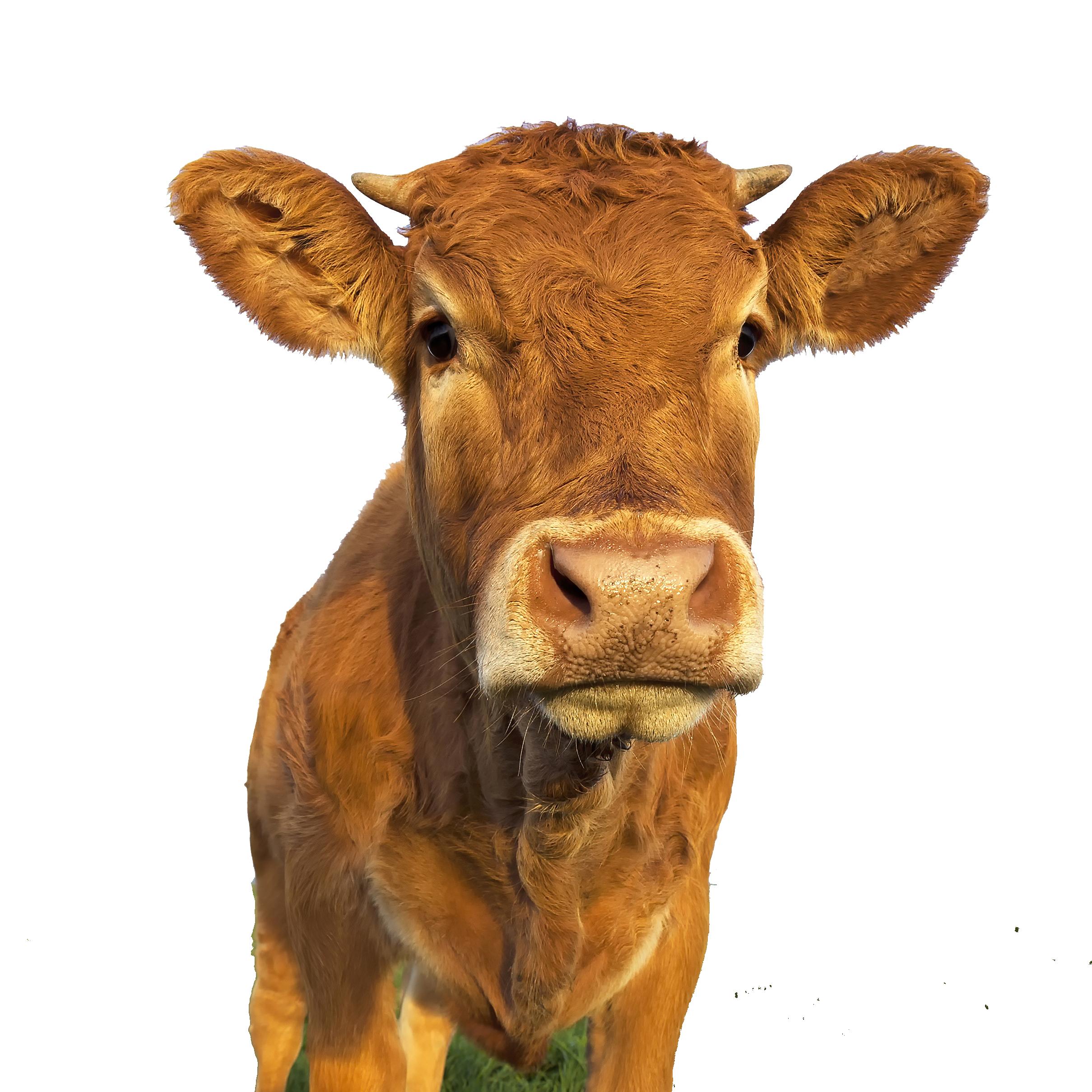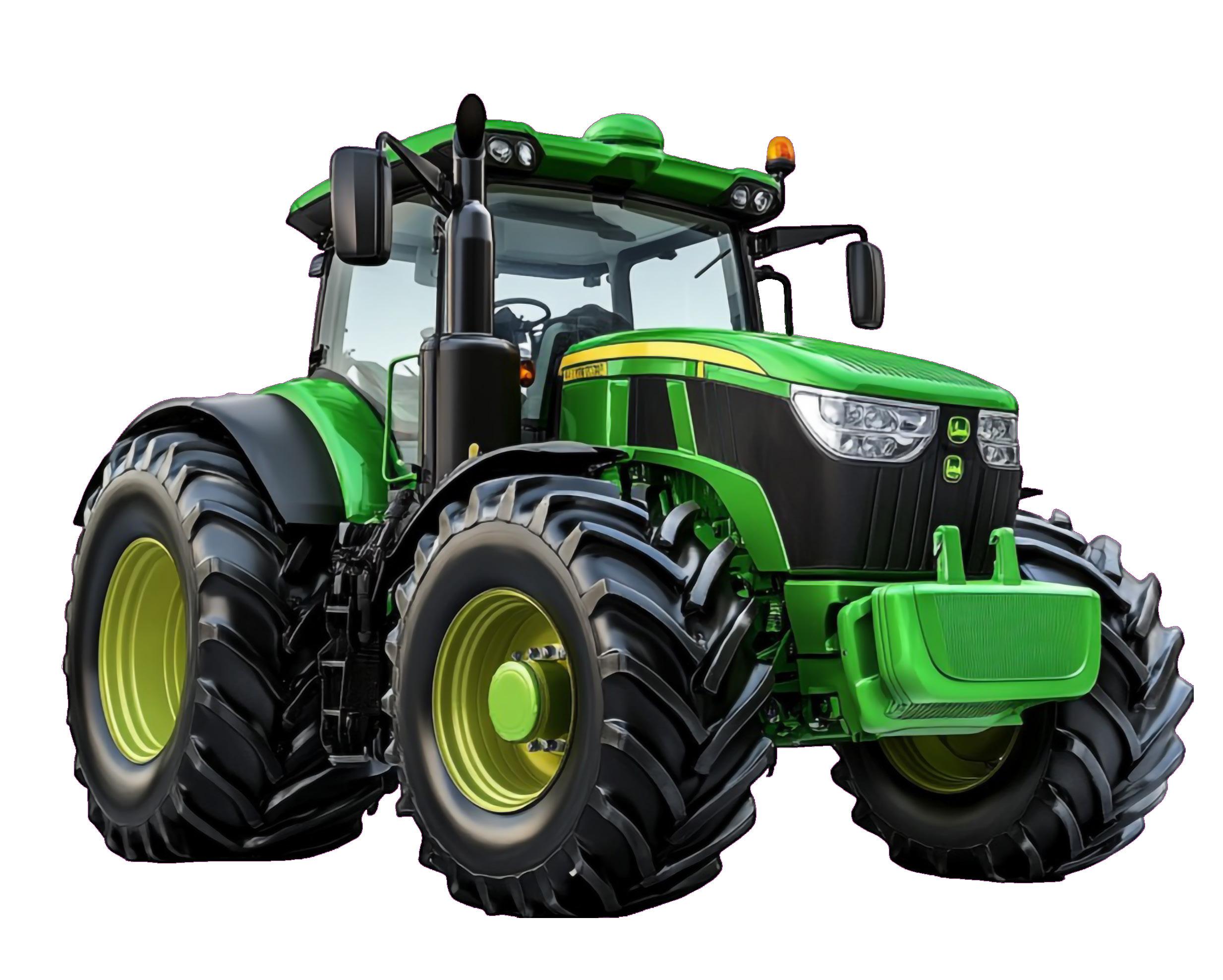
• Fence-tastic! • John Deere’s Autonomous Tractors • Farming News • Turning trash into Treasure


• Fence-tastic! • John Deere’s Autonomous Tractors • Farming News • Turning trash into Treasure

Guided, hands on activityWASH & gro om a cow!
Give them a blow dry and all over b o dy massage.
T h e F a r m ,
L a n d a t L e i g h ,
M a l m e s b u r y , W i l t s h i r e




Contact Us:
Web: www.theyoungstock.com E-mail: theyoungstock@gmail.com
Editor: Emma Smith
Publisher:
Smokey Cow Publishing
Copy: Susannah George
Images: Shutterstock, Freepik, Kate Smith, Emma Edwards, Erin’s Attic Photography
Design: Herd Media
ISSN: 2753-9903

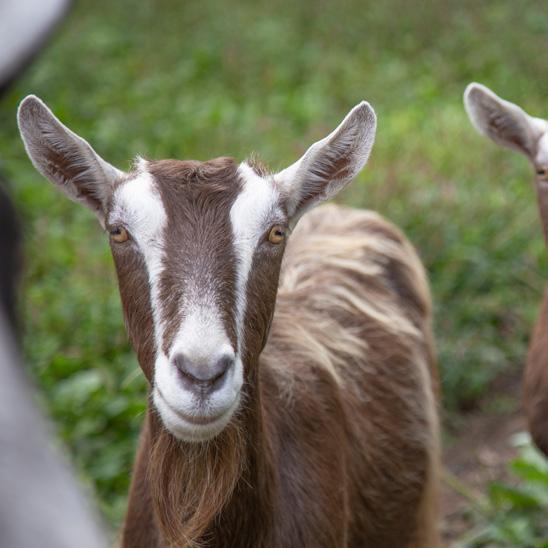

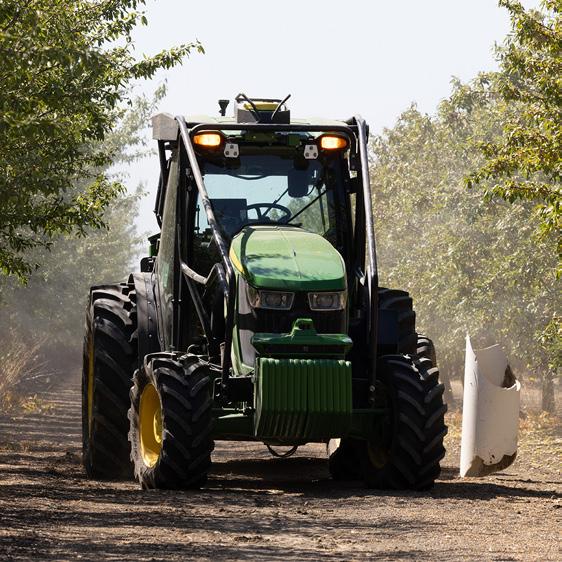

Hey everyone,
The warmer weather has finally arrived, as have the Swallows and butterflies. This is such a lovely time of year in the countryside with everything a patchwork of colours and activity.
As per usual we have lots in this issue with summer recipes, trivia and scavenger hunts. Interesting articles include dairy goats, how no fence collars work on cows and our career focuses on becoming a butcher - just in time for BBQ season!
Keep your eyes peeled on my social media accounts Facebook and Instagram as an article we wrote about farming with a disability will make an appearance - especially as its #Farm24 in the month of August. We want you to stay safe on our farms!
But I am also trying to do more videos and put them on TikTok, so if you fancy a giggle head over and watch me with my cows.
I look forward to your messages and photos as always,
Do you know where milk comes from? You might say cows — and that’s true! But there’s another amazing animal that gives us delicious milk too…
…It’s the dairy goat

Dairy goats have been providing food and companionship to countless people around the world for many years. They are curious, cheeky and make great pets as well as providing wholesome food to our tables.
They are friendly, clever animals that give us milk. Their milk can be turned into cheese, yogurt and ice cream.
Meet the dairy goat breeds
Not all goats give milk, but some are superstars at it. Here are a few famous dairy goats:
Saanen – White and fluffy, these goats are big milk producers.
Nubian – They have long floppy ears and make creamy milk.
Toggenburg – Brown with white markings, they’re very gentle.
Alpine – These goats come in many colors and love the mountains!
Each breed is special and has different personalities — some are calm, some are cheeky, and some LOVE cuddles.
What’s so great about goat milk?
Goat milk is creamy and tasty, easier to digest than cow milk (for some people), full of vitamins and minerals and is great for making yummy cheese like feta. Some people who can’t drink cow’s milk can enjoy goat’s milk instead.
Head over to our Produce Explorer where she will tell you more!
A day in the life of a dairy goat
On a goat farm, dairy goats are milked every day, usually in the morning and evening. They like to eat hay, grains in a balanced ration, this supports milk production and fresh grass. Plus lots of fresh water!
They live in barns with soft bedding, it must be draught free to protect them from the weather elements and get lots of space to play and explore. Goats are great little climbers and enjoy nothing more than jumping on and off obstacles so an enclosed yard outside keeps them very happy.
Baby goats = Kids!
That’s right, baby goats are called kids, just like you!
They’re full of energy and love to run, jump, and bounce around. Some even wear little goat jumpers in the winter to stay warm. Female goats are called does or nannies and male goats are called bucks or billes.
Goat milk can be turned into soap that’s gentle on your skin. Some people even use it to make shampoo or lotion. They have rectangular pupils, unlike our circular ones. Goats have four stomachs, just like that of a sheep or cow.



Nofence was founded in Norway in 2011 by goat farmer Oscar Hovde and is the world’s first commercial virtual fencing system for livestock, serving as a sustainable alternative to physical fencing. The company’s virtual fences have increased in popularity since its pilot customers first began using it in Norway in 2016, with the company surpassing 150,000 collars sold - a strong testament to the success of the new technology.
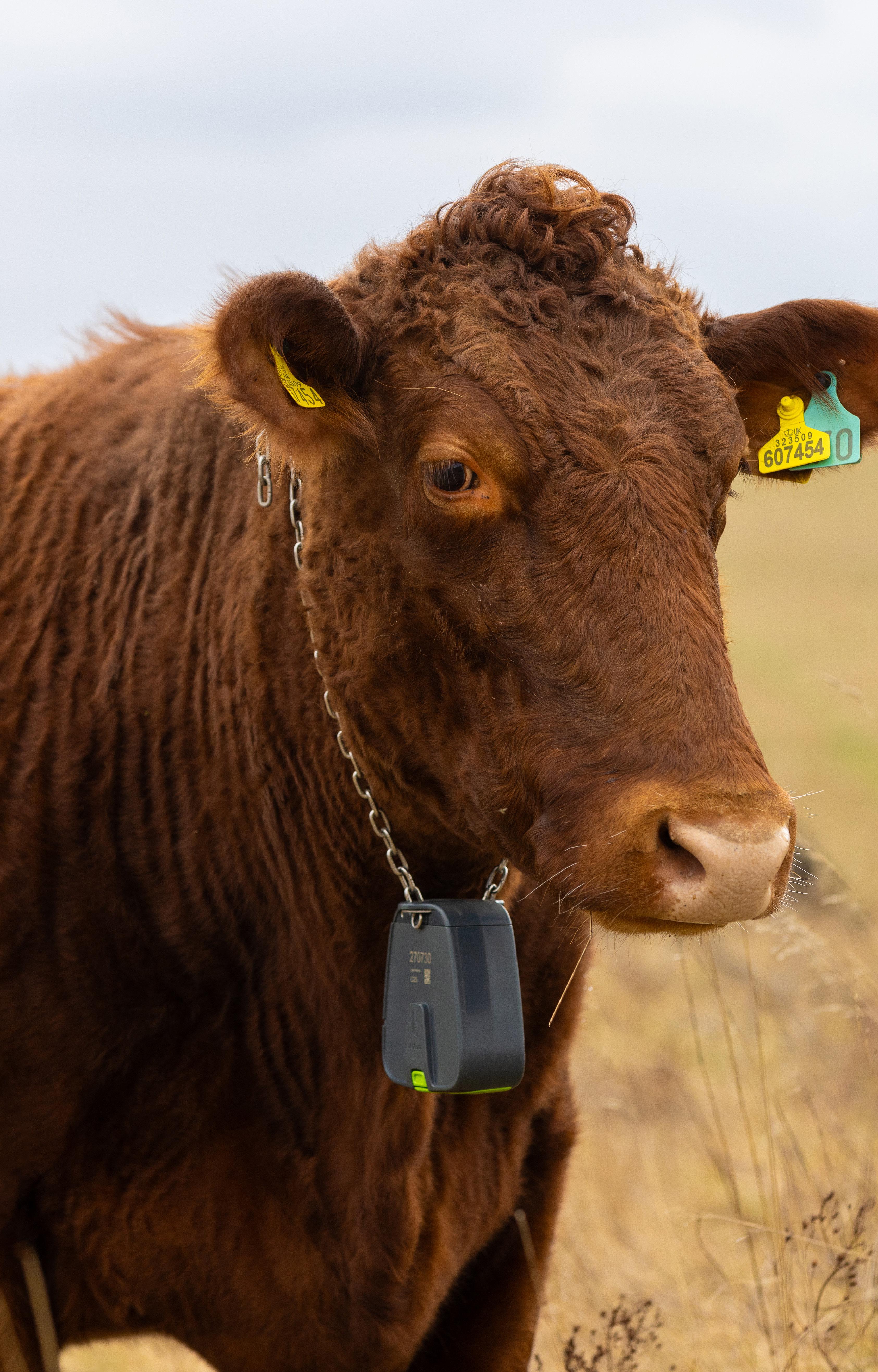

Nofence has over 90 employees worldwide distributed between Norway, the UK, Ireland, Spain, and the United States.
With Nofence, you can keep animals within a designated area, using virtual fencing. This is useful for difficult areas to fence (e.g. mountains) It also provides more sustainable practices –rotational grazing for example where boundaries can be moved easily to get more access to fresh grass.
The system consists of an app and a collar, and the two communicate over the mobile network. This allows the farmer to monitor their animals with the app, and get notifications in case anything unexpected happens.
How accurate are the Nofence boundaries?
Our localisation is very accurate in comparison with physical fences that animals can run over, our containment rate is 99.3% Nofence works as a zone. The reach of the zone depends on two factors:
1) The pace of the animals
2) The accuracy of the GPS positions
This means that the audio warning can start both before or
after the Nofence boundary that the farmer has created in the map. This normally fluctuates up to 1 metre. When the audio warning starts sounding, the animal either stops or instantly turns around. We do not recommend using our collars within buildings - that’s why we do not sell to lactating dairy cows
do the farmers
the animals to adapt to Nofence?
The farmer starts by training the animals for a period of approximately one week. They learn how to turn back to avoid the electric pulse the first day but need some more days to become experts. For training to be successful, the animals must feel safe. We ask our customers to train within a physical fenced area and then create a Nofence pasture that overlaps the physical fenced area. The available pasture must be small enough for the animals to frequently come into contact with the Nofence boundary the first few days, but still big enough to provide enough food and enough space so they keep calm during training.
What key benefits does your technology offer farmers and livestock owners?
Nofence’s system has many benefits,

particularly for farmers’ well-being, the environment and animal health.
Nofence simplifies fencing, making it easier, more cost-effective, and flexible, while enabling optimal land use and extending the grazing season. This approach brings animals in cohesion with nature and enhances animal welfare by offering advanced tracking and insights into the well-being of the animals.
Nofence’s system positively impacts the environment through sustainable grazing practices that promotes soil health, biodiversity, and carbon sequestration.
Carbon sequestration refers to the process of capturing and storing atmospheric carbon dioxide (CO2), aiming to reduce its concentration and mitigate climate change. This can occur naturally through biological processes (like plant growth) or through human-engineered methods (like storing CO2 underground).
At the core of Nofence’s ethos is the commitment to improving farmers’ well-being, fostering harmony between animals and nature, and making a positive impact on the environment.
The collars can be bought online at nofence.no/uk.

The future is already here and you could be a part of it.

Imagine a tractor that drives itself, works through the night, and never gets tired - sounds like something from a sci-fi movie, right? But it’s real, and it’s happening right now thanks to John Deere’s latest autonomous farm machinery.
John Deere has taken a giant leap into the future with its self-driving tractors. These machines use cutting-edge technology like GPS, cameras, sensors, and artificial intelligence to operate without a human in the cab. Just like a robot hoover cleans the floor at home, they can plant, plough, and harvest fields with incredible precision - all while being monitored remotely from a smartphone or tablet. They can plan where the tractor should go, and the tractor follows the route exactly. This means fewer mistakes and less wasted fuel.
Driverless tractors are great for: Helping farmers save time
• Working day and night, even in the dark
• Doing hard jobs safely
Some are still being tested on special farms, but in the future, we might see more robot tractors working across the countryside. Even though there’s no one in the seat, farmers are still in charge, making sure everything runs smoothly.
It’s a very exciting time for farming, with advancements helping feed the world in a growing world population.
So, the next time you think of farming, picture tractors that drive themselves, fields managed from apps, and machines that help protect the planet. The future is already here - and you could be a part of it.



Draw your own idea of an autonomous or futuristic farm machine - something that could help farmers and benefit the planet. It could plant trees, clean the oceans, harvest crops with zero emissions, or even fly!
Let your imagination run wild! The more creative and eco-friendly, the better!
Every entry will be celebrated, but our favourite design will win a John Deere cap and a feature on our Masons Kings website and social media!
How to enter:
Draw your machine by hand or digitally.
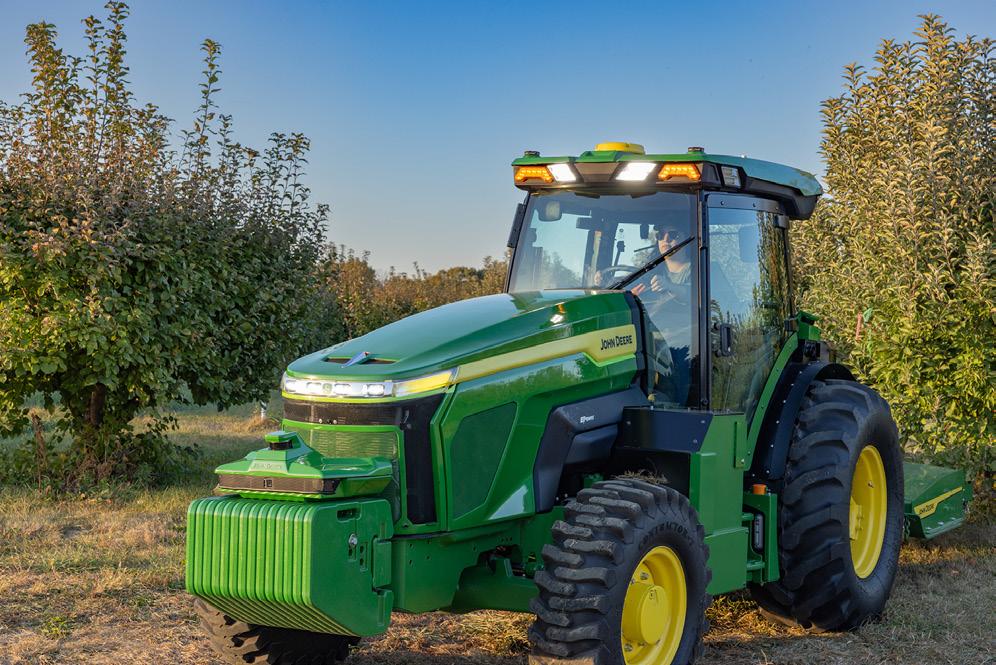

Add a short description (just a few sentences) explaining what it does.
Ask a parent or guardian to send a photo or scan of your drawing to: marketing@masonskings.co.uk
Our produce explorer loves nothing more than travelling around and finding new vegetables, products and ingredients to taste and explore.
Here she looks into goats milk…

Joke of monththe
What do you call a baby goat that’s sleeping? A kid-napper

Currently in the United Kingdom there are around 40-45 thousand milking goats producing milk for the commercial industry across 120 farms. This amounts to around 34 million litres of milk a year. This still isn’t high numbers compared to dairy cows, with dairy cow milk production taking the largest share. On average there are roughly 700 goats on farms, which is a greater number than cows but goats yield far less in quantity than the cow.
Based on 100ml serving
• Calories 61
• Protein 3g
• Fat 3.5g
• Carbohydrates 4.3g
• Calcium 120mg
• LOTS of vitamin A & B
Goats milk provides us with a good source of proteins, more calcium and potassium than cow’s milk and is lower in lactose. This means that people who have a cow milk allergy can consume goat’s milk and not miss out on all the dairy products which can be made from milk. These include cheese, yoghurt and butter.


Most countries consume goat milk, with India being the largest producer. Countries such as Turkey and Pakistan drink the most milk and is made into sweet dishes, used in curries and used to create a yoghurt type drink.
As with cows, goat milking herds have to adhere to strict animal welfare standards. They must have access to fresh water and clean food everyday, a safe and protective shelter and the milking parlour and dairy must be kept clean and tidy at all times.
Spring 2025 has been very dry in the UK, one of the driest springs in almost 200 years! Even though it wasn’t the driest ever, it had the most sunshine we’ve ever seen in a UK spring, with over 630 hours of sunshine between March and May.
Because there hasn’t been much rain and the sun has been shining a lot, some places, especially in northwest England, are now very dry. Rivers and underground water have dropped, and it’s even been called a drought in some areas.
Without enough rain, the soil becomes too dry. That makes it hard for seeds to grow properly.
Crops like wheat and barley might not grow as big or as well, which means farmers could end up with less food to harvest.
Hot weather can make crops grow too fast or unevenly, which can lower their quality. When there’s no rain, grass doesn’t grow well. That means less food for animals to eat in the fields. Farmers may have to use up food they saved for winter, which can be expensive later on. Animals can get tired, hot, and stressed in Sunny weather. This can make it harder for them to grow or have babies.
Looking ahead, weather experts (called the Met Office) say there’s a good chance this summer will be hotter than usual, with heatwaves more likely than in normal years. Which is nice for us, especially in the summer holidays but not so good for our arable and livestock farmers!

“Mad cow disease” is the nickname for a rare illness in cows. Its real name is Bovine Spongiform Encephalopathy—or BSE for short (phew, that’s a mouthful!). Have you heard of it?
Unfortunately there have been rumours that it has come back - the last time it was here in the UK was in 2001. In May 2025, a cow in Essex was found with atypical BSE. It was quickly tested and didn’t go into the food chain. Before that, in late 2024, a cow in Scotland also tested positive. Again, it didn’t go near people or food.
This disease affects a cow’s brain and can make it very sick. But don’t worry, it’s extremely rare and very well controlled in the UK today. But if you hear someone talk about it - you now know what it is!

Many farmers up and down the country have been following the livestock movement restriction rules for Bluetongue over the recent months. Bluetongue is a virus that affects sheep, cattle, goats and deer and is transmitted from a midge bite, causing many devastating things such as laziness, nose discharge, not eating, fever and sore eyes.
This has made a severe impact on this year’s summer agricultural shows, with many farmers not being able to attend and showcase their livestock. Not only does that interfere with the socialising of like minded friends but it can result in a loss of income. Many prize bulls and rams can be sold through shows as it provides a great shop window.
Currently, DEFRA (Department for Environment, Food and Rural Affairs) are monitoring the amount of cases in England, Scotland and Wales, but with the warmer now here cases could increase dramatically.


Summer is here! The weather is great and the countryside is buzzing with activity. Now is a great time to get out into nature! Use our checklist to collect, hunt and spot things that make Summer so enjoyable. Take your hunt pack (checklist) and tick the items off as you find them.
A Sunflower
Tractors working in the fields
A Ladybug
Mole hill
Cracks in dry mug
Squirrel
Budding flowers
Combine harvester
Cows in the field
Worms
Summer is the time when our farmers are busy getting in the crops for us and for livestock to eat. Take a moment to smell the freshly cut grass or enjoy seeing the big tractors on the roads.
Explore safely and respectfully. Take home your litter, put things back where you find them, and shut any gates.
But most importantly HAVE FUN!
Average farm size 26.1ha, with roughly 37,000 farms in total
Forests cover 39% of the total land area, 3% is farmland

There are 5.61 million people living there

Norway has roughly 203,000 dairy cows, with the average dairy milking 32 cows.

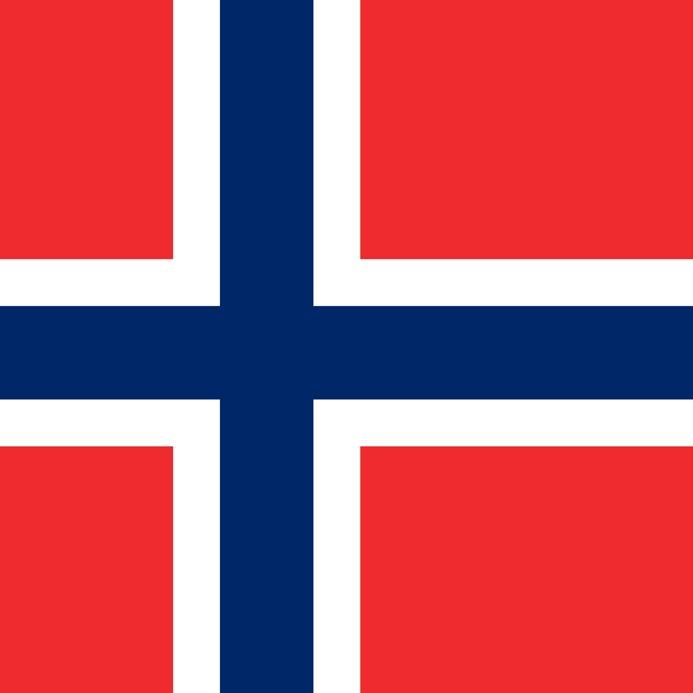
Norway is the largest producer in Europe of farmed Salmon

Farming’s Importance: Norwegian farmers are responsible for producing meat, milk and grains. However with only 3% of the country farmable it is a hard job to be in. They produce 80 - 90 % of the nation’s beef and sheep meat - what a responsibility!
Question 1 - Name a goat breed beginning with T
Question 2 - What is the containment rate for a NoFence collar?
Question 3 - How many red onions are needed in this months recipe?
Question 4 - How much land is farmable in Norway?
Question 5 - How much preparation time do you need for a Trifle Different?
Question 6 - How many things are there to find in the scavenger hunt?
Question 7 - What is the name of the butcher in the careers corner?
Question 8 - True or false - cows need a passport to travel
Question 9 - What is the name of the company recycling agricultural waste?
Question 10 - What’s the name of Mike Duxburys farm?

Where do sheep go on holiday? To the Baa-hamas
What’s black, white and red all over? A Holstein with a sunburn
Why do Bananas wear sunscreen? Because they peel
What did the tree say when summer arrived? What a re-leaf!
What holiday destination only allows birds? The Canary Islands
As part of Farm Safety Week we have highlighted some of the potential hazards we have on our farms.
Farms are big places. Always stay with an adult and don’t go off alone!
Tractors and harvesters are cool—but they can be dangerous. Watch from a safe distance.
Animals can get scared too! Be gentle, don’t run, and ask before touching.
Boots, gloves, and long sleeves help protect you when working or playing on the farm.
After playing outside or touching animals, wash up to keep germs away!
Red signs mean “STOP” or “DANGER.” Always follow what the signs say.
Ever thought much about our humble bumble bee? I have often wondered where they might be going or what they are doing. They play a vital role in pollinating flowers and crops. They fly from flower to flower collecting pollen and eating nectar. Nectar gives them energy and the pollen is used to feed their larvae.
Fact 1.
Female bees are called workers and they collect the food (pollen and nectar) and keep the hive clean.
Fact 2.
Male bees are called drones and their job is to mate with the queen. They do not have a stinger.
Fact 3.
The Queen Bee is the boss! She runs the hive by giving orders and mating with the drones to produce offspring.
Fact 4.
Bees are most famous for making honey. They harvest nectar and pollen from flowering plants. They primarily make it for themselves to live off in the winter, but they make so much that we can remove some for ourselves.
Fact 5.
They live in colonies or hives. An average beehive can hold around 50,000 bees!
Fact 6.
A queen can lay her own body weight in eggs per day – 2.500!! If a human could do that they would have 17 babies – per day!
Fact 7.
Bees have 5 eyes and 6 legs.
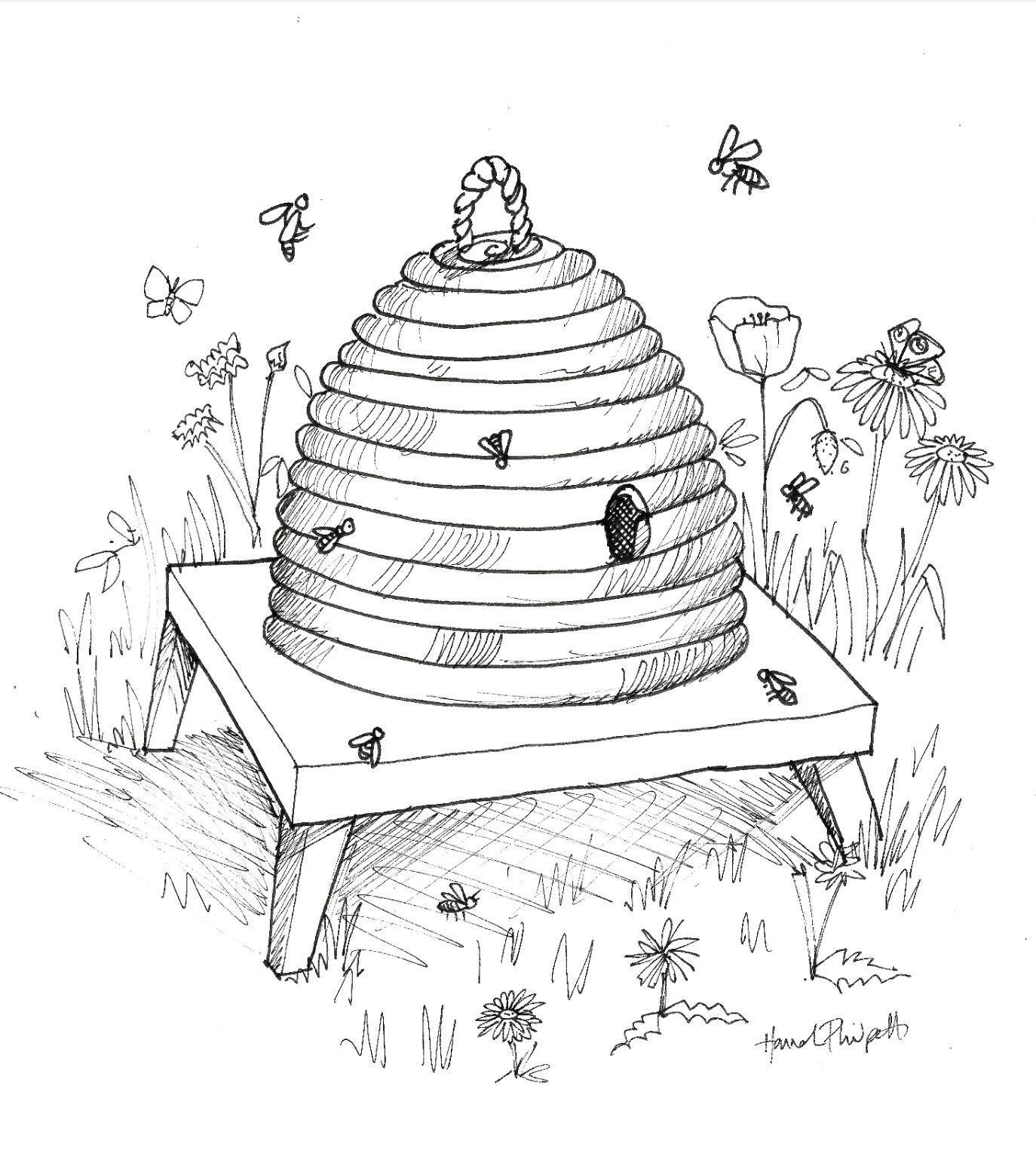




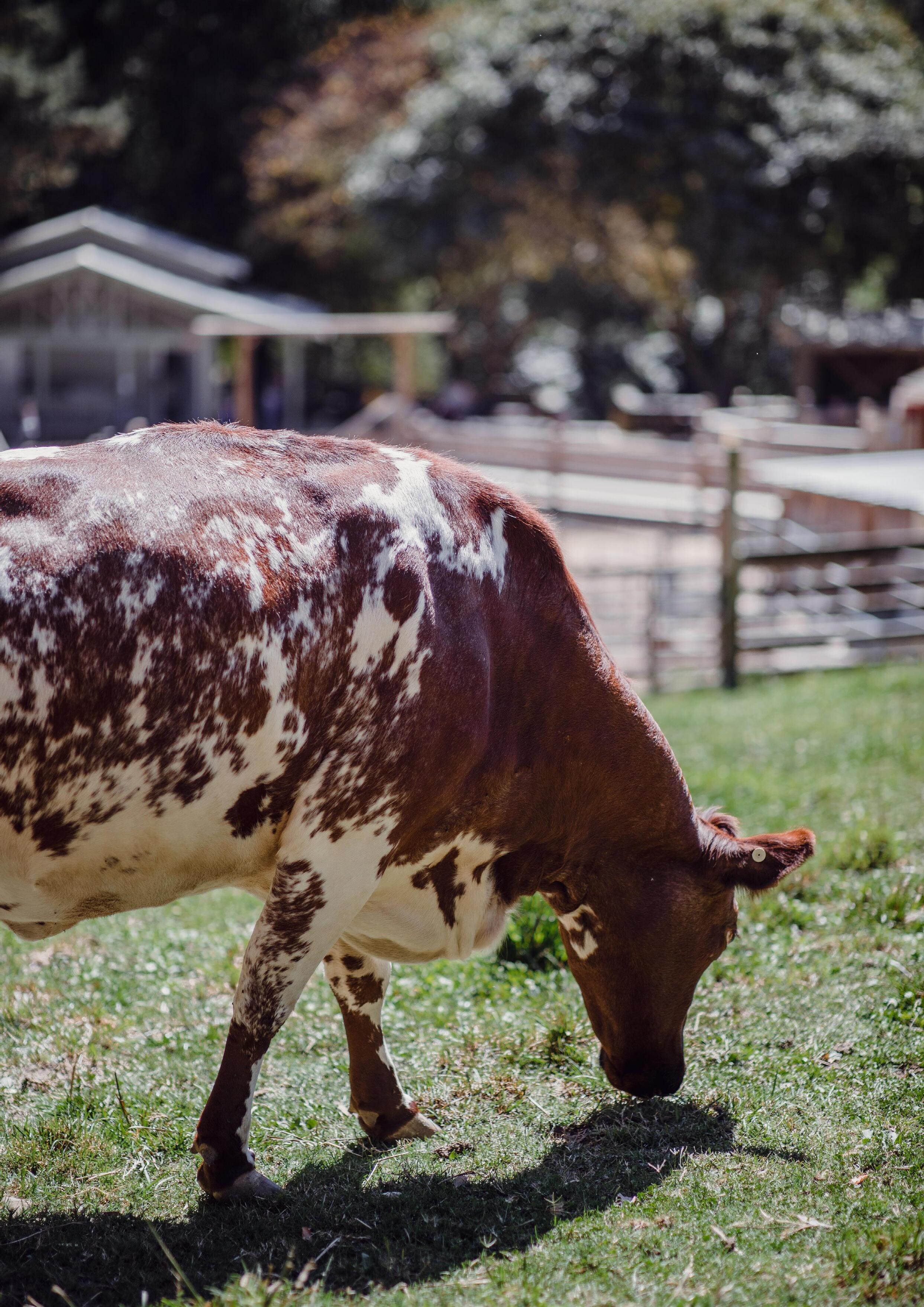
Have you ever been on a holiday? Maybe you packed a bag, got your passport, and went on an adventure! Well, guess what? Cows in the UK also have holidays — and their very own passports!
Wait… cows have passports?
Yes Really! Every cow in the UK gets a special passport when it’s born. It’s like their official ID.
This passport tells people:
What the cow’s name or number is
• When and where it was born Who owns it
• Where it’s been
This helps farmers, vets, and the government keep track of all the cows, just like airports keep track of travellers!
Why do cows travel?
Cows might “go on holiday” (or move) for lots of reasons:
You Will Need:
• A piece of A4 paper or card (folded in half like a booklet)
• Crayons, pencils, or pens
• Scissors (with adult help) Glue stick
A small photo or drawing of a cow
What to Include in the Cow Passport:
Inside your folded paper or card, draw or write the following sections:
Page 1 – The Cover
Title it “UK Cow Passport”
Add a cow drawing or print a picture
Draw a pretend stamp (like it’s been used!)
• To go to a new farm
• To join other cows in a field To visit the vet
• Or even to go to a special cow show!
Every time a cow moves to a new place, it’s recorded, so everyone knows where the cow has been. It’s like their very own travel diary.
Who checks the passports?
A group called the British Cattle Movement Service (BCMS) looks after cow passports. Farmers have to tell BCMS every time a cow is born, moves, or sadly, dies.
That way, all the records stay up to date and everyone stays safe and healthy, including us! What happens if a cow loses its passport?
Just like people, cows can’t travel without their passport. If one goes missing, farmers have to ask for a new one. Without it, cows aren’t allowed to move to a new farm or be sold.
...you see a cow munching grass in a field, remember: she might just be on her latest adventure, passport in hoof!

Page 2 – Cow Information
• Name: (Give your cow a fun name!)
• Date of Birth: (Make one up)
• Breed: (E.g. Holstein, Jersey, Highland)
• Ear Tag Number: (Create a fun number like UK123456789)
Page 3 – Travel Log
Make 2–3 boxes for “Places I’ve Been”
Example: “Green Grass Farm –Played in the field!”
Example: “Cow Show 2023 – Won a blue rosette”
Page 4 – Owner Info
• Owner’s Name: (Your name!)
• Home Farm Name: (Make one up like “Moo Meadows”)
• Decorate with stickers or doodles!
Add some glitz!
Use glitter pens to add sparkle
Glue on a piece of string for a tail bookmark
Add pretend “moo stamps” for each place visited
Take a picture and send to Emma at theyoungstock@gmail.com, she would love to see them.

Have you ever looked at a pile of leftover corn husks or cast-off pineapple peels and wondered what happens to them? Most people might throw them away, but there’s a fantastic company called Lifepack that sees potential where many see trash! Lifepack helps turn agricultural waste into something special while also making a big difference in people’s lives. Let’s dive into the amazing journey of Lifepack and see how they’re making the world a better place!
What is Lifepack?
Lifepack is a vibrant initiative that helps families thrive by providing jobs for parents, especially those who are the heads of their households. Many parents struggle to find work that allows them to earn enough money for their families. But Lifepack is changing that by creating employment opportunities, helping parents secure steady incomes! This means that children can have better access to things they need, like food, education, and even fun activities!
Imagine a parent who works hard to provide for their family, now they can do that with the help of Lifepack! When parents are employed, the whole family benefits. Happy parents often lead to happy children!
Now, let’s talk about something cool! When farmers grow crops like corn, pineapples, and rice, they are left with parts that are usually tossed away, creating pollution and waste.
But Lifepack sees these leftovers as raw materials for something incredible. Instead of creating messes, they take this agricultural waste and transform it into useful products.
What used to be trash is now being turned into eco-friendly items! This process helps reduce pollution and teaches everyone about recycling. The farmers who sell their waste to Lifepack also benefit, as they can earn money from what they previously threw away! It’s a win-win situation: the environment gets cleaner, and families get richer.
Breathe New Life into Waste!
The transformation of waste into valuable products is exciting! Lifepack takes corn husks, pineapple scraps, and rice leftovers and uses incredible technol-
ogy and teamwork to turn them into useful items. For example, they might create biodegradable packaging, compostable products, or even fun craft supplies!
When kids learn about the environment and how to recycle, they become little heroes! They can start small by recycling at home and supporting initiatives like Lifepack, which shows them that even the smallest actions can lead to big changes.
Join the Lifepack Adventure!
So, how can you get involved in this life bound adventure? Well, you can start by spreading the word! Share what you’ve learned about Lifepack with your friends and family. You can also discuss the importance of recycling and taking care of our planet. Encourage everyone around you to think creatively about waste and how it can be transformed into something valuable.
In conclusion, Lifepack is not just a company, it’s an inspiring mission that makes a difference in the world by creating jobs and giving agricultural waste a new purpose. By supporting Lifepack, you’re helping parents find work, protecting the environment, and learning about how we can all make our planet a better place for everyone!
Remember, every little bit helps, and together we can change the world!

LifePack germinable products can be used on any occasion, it can be at events, businesses, etc.

Once used, instead of throwing them in the trash you can put a little dirt on them
Water them regularly, as if they were traditional seeds.
With the right care you will see a beautiful plant grow
by Mike Duxbury
In the heart of Steppingley, Bedfordshire, something remarkable is taking shape. The Inclusive Farm, built by Mike Duxbury, came from a dream he had for as long as he can remember.
He dreamt of creating a fully working farm for disabled people. Mike grew up on a farm and at the age of six lost his sight due to glaucoma.
He went to agricultural college in 1986 and studied to become an animal nutritionist. Mike, alongside his partner Ness Shillito, has transformed a once ragweed-riddled field into a thriving agricultural hub, demonstrating that anything is possible with vision, both literal and metaphorical.
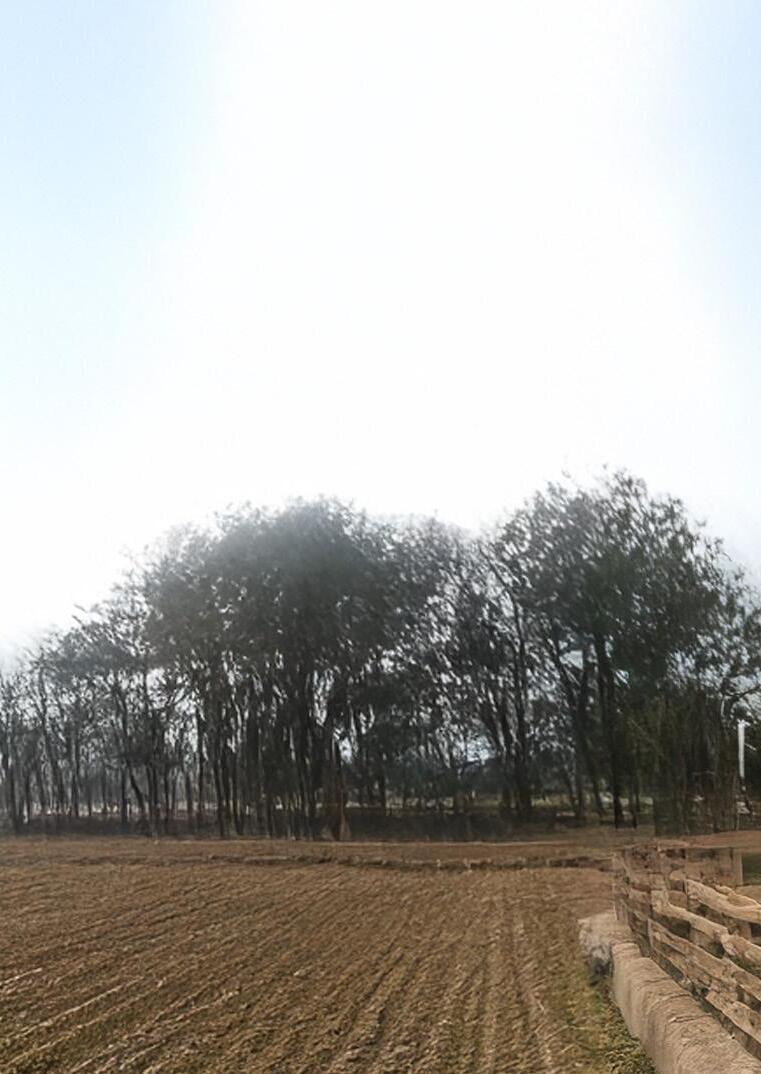
Mike’s journey into farming began on his family farm, where he immersed himself in the daily operations that included everything from producing milk and beef to managing a pig unit. With over three decades of experience as an animal nutritionist in the pig industry, Mike has cultivated a wealth of knowledge that he has seamlessly integrated into the development of the Inclusive Farm.
The concept came to life in 2021 when Mike and Ness embarked on an ambitious project to create the only working farm designed and built by a blind person. The layout of the farm has been meticulously engineered to ensure that individuals with visual impairments can navigate it with ease. Gates have been strategically placed for wheelchair access, and animal pens are designed to allow for safe feeding and interaction, catering to all abilities.
One of the standout features of the farm is its inclusive approach to animal husbandry. From pigs and sheep to goats, chickens, and even rabbits, the diversity of animals offers students the chance to engage in a wide range of activities. Understanding these creatures involves more than just seeing them; it requires learning about their sounds, smells, and behaviours. This hands-on experience fosters a connection that empowers individuals to build confidence and teamwork skills while also gaining vital agricultural knowledge.
At the Inclusive Farm, inclusion goes beyond just physical access; it aims to inspire a generation of individuals with disabilities to pursue careers in agriculture. The organisation promotes not only farming skills but also important life skills such as communication and teamwork. Participants are encouraged to interact with the animals, handle

them, and immerse themselves in the workings of the farm, which enhances their emotional well-being and mental health.
Moreover, the farm plays a crucial role in educating its participants about food production and animal welfare, instilling healthy eating habits, and promoting informed lifestyle choices. This holistic approach not only helps students understand where their food comes from but also fosters a sense of responsibility and care for their environment.
Through the Inclusive Farm, Mike Duxbury and Ness Shillito have created more than just a farming operation; they have cultivated an environment where individuals with disabilities can dream big and achieve their aspirations. This initiative stands as a testament to the power of determination and the belief that everyone deserves the opportunity to flourish, regardless of their challenges.
As the farm continues to grow, the impact it has on its participants will surely resonate far beyond the fields of Steppingley, inspiring communities to embrace inclusivity and support those with differences in seeking meaningful career paths. The Inclusive Farm is truly a place where dreams take root.

Here at YoungStock we love nothing better than delving into all the careers and job choices that are available to us in the Food and farming industry.
Have you ever wondered where the meat on your plate comes from, like sausages, burgers, or roast chicken? One very important job in the food chain is the butcher!
Let’s explore what it means to be a butcher, how they help people, and why it’s a cool job for someone who loves food and working with their hands.
A butcher is someone who carefully prepares meat so that it’s ready to cook and eat. They work with meat from animals like cows, pigs, chickens, and lambs.
They:
• Cut meat into pieces for shops and restaurants
Make things like sausages, burgers, and kebabs
• Keep everything super clean and safe to eat
• Talk to customers and give cooking tips!
Butchers usually start work early in the morning. They wear clean white coats and aprons, and sometimes gloves or hats. Their tools include sharp knives, scales, and machines for slicing meat or making sausages.
They spend time:
• Cutting and preparing meat
• Putting it neatly on display in a shop
Helping people choose the right cut for dinner
• Learning how to use every part of the animal (to reduce waste!)
• To be a butcher, you need to:
Learn how animals are raised and where meat comes from
• Understand food safety and hygiene
• Practice knife skills and measuring Be friendly and helpful to customers
Some people go to butchery school, while others learn on the job as an apprentice.
Good butchers also care about:
• Where the animals come from (local farms are best!)
• Using every part of the animal so nothing is wasted
• Making sure animals were treated kindly before becoming food
You could be a butcher!
If you like:
• Helping people
• Working with your hands
Learning about food and cooking
• Making sure nothing is wasted
…then being a butcher might be the perfect job for you when you grow up!

Tony Perkins, a butcher from Norfolk tells us a bit more about his business and why he likes being a butcher.
Our business is 20 years old this year. I took over the shop when the previous butcher retired. I was working for him as a manager, and it was a natural step to take. Today, we have 2 shops and employ 16 people.
We like to use both continental like a Charolais and also traditional breeds like a Hereford in the shop and they both have advantages and disadvantages.
Personally, I like the flavour of the native breeds especially when they have been treated well. From the farm to slaughter and then to me, the Butcher, we all play our part in how the beef tastes. If one part of the process is not taken care of, it will affect the taste of the beef dramatically. I am very particular about this and how important that is.
There are lots of different cuts from a beef cow, but if I had to pick one to survive it would probably be beef brisket. Very versatile and a rich beefy flavour. It can be used all year round but most liked by me in a pot roast. The smell in the kitchen when you’ve been out in the cold all day and come back indoors is something to behold. Delicious!
The best way in my experience in promoting our produce and to encourage people to buy local is to sell the story. All of the produce in my shop has a backstory. Whether that’s with a prize winning bull or a customers favourite recipe - we all love a good story!
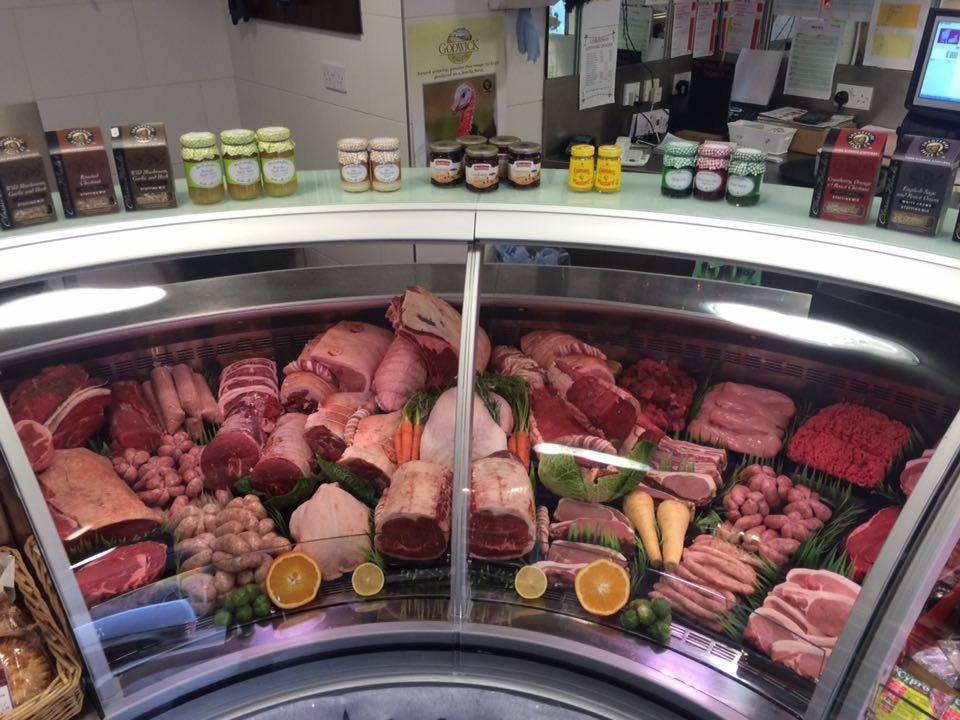
Backon the farm, Maggie and her siblings were looking for a new adventure. Maggie, the oldest, loved planning adventures, and her brothers and sisters, Henry, Val, and Sophie, couldn’t wait to join them.
One sunny morning, Maggie had a sparkling idea. “Let’s host a talent show! We can invite our friends and show off what we can do.” Her siblings jumped with excitement. “Yes! Let’s do it!” they cheered.
They hopped around the farm, gathering friends. They met Buzzy the bee, who buzzed beautifully. He could sing like nobody else. Then, they discovered Alice the artistic owl, painting colourful scenes on tree trunks. Each animal they met added to their show.
But then, they encountered a grumpy old goat named Gus. “Talent show? Bah! That sounds silly!” he shouted. The rabbits felt a little down. Could they pull this off?
Maggie took a deep breath. “We need to show everyone how fun it is!” They rallied together. As they worked, Maggie noticed something odd. Henry kept juggling carrots without dropping even one. “Hey, you’re talented!” Maggie said, eyes wide.
“I didn’t know I could juggle!” Henry exclaimed, thrilled by his discovery.
With renewed spirits, they rehearsed for the big day. Each
rabbit practiced hard. Val practiced plunging her head underground to make beautiful flowers pop up, while Sophie practiced her silly dance moves.
The day of the talent show arrived. Animals from all corners of the farm gathered. Excitement buzzed in the air. Maggie kicked things off with her incredible storytelling. Everyone listened, enchanted.
One by one, their friends showcased their talents. Buzzy sang sweet melodies while Alice painted a masterpiece live. Laughter filled the air. But when it was Henry’s turn, nervousness gripped him.
He took a deep breath, held the carrots tightly, and began juggling. The crowd watched in awe. As he tossed the root vegetables high in the air, they sparkled like gems under the sun. Suddenly, one carrot slipped from his paws!
But instead of panicking, Henry spun and caught it with a clever twist. The crowd erupted in cheers. They loved the surprise! Maggie clapped with delight. “See, everyone?” she shouted. “Talent
can show up when you least expect it!”
Their performance brought joy. Even Gus the goat was smiling by the end. He approached the siblings, rubbing his hooves together. “Maybe it isn’t so silly after all,” he admitted.
That night, as the stars twinkled brightly, the rabbits huddled together. “This was the best day,” Val said, grinning.
Maggie nodded, her eyes sparkling. “And we found out Henry could juggle! Who knew?”
From that day, the rabbits understood that talent can surprise you, even when you’re just having fun. Together, they created memories that would last forever on their magical farm.
Until next time...

A show stopping Mexican inspired salad with layers of fresh taco toppings, perfect for a family picnic.
Serves: 6 people
Prep time: 60 minutes
Cooking time: 10 minutes
Ingredients
• 4 Baby gem lettuce
4 Large vine tomatoes
• 2 x Large red onions
• 1 x Green pepper
• 10g Jalapeños
• 40g Coriander
2 x Limes
• 1tbsp Olive oil
400g / 1 x Tin of taco beans
• 270g Lean minced beef
• 1 Garlic clove - chopped
2 tsp Smoked paprika
• 1/2 tsp Chilli powder - add more if you like the heat
• 200g Grated cheddar - coloured, plain or a mixture of both
• 2 Large ripe avocados
• 100g Chunky salsa
150g Lightly salted Tortilla chips
• 2 Fresh mixed chillies - sliced
500ml Soured cream
Method
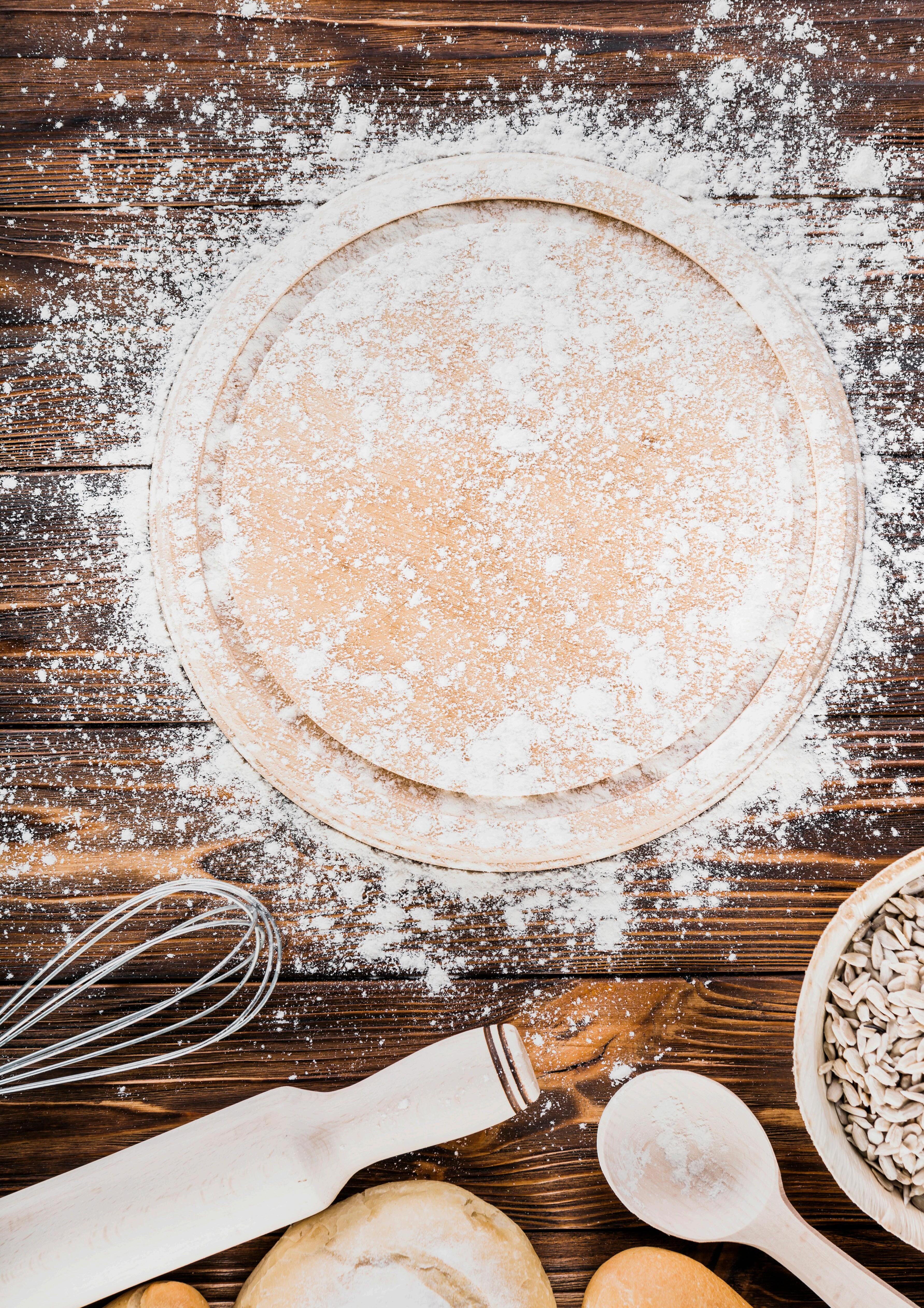

You will need a 20cm trifle dish for this dish or a tupperware tub with a lid for transporting.
1. Heat the taco beans in a jug in the microwave for 2 minutes or until piping hot, allow to cool and pour onto the lettuce.
2. Dice 3 tomatoes, 1 green pepper, 1 onion, 1/3 of the coriander 10g jalapeño season with salt and the juice of half a lime & a dash of the oil.
3. Fry off the mince in a pan on medium heat with some oil with the paprika, chilli powder and garlic for ten minutes until cooked through and nicely browned - allow it to cool and add to the trifle dish making sure there is plenty on show around the edges.
4. In a large bowl mash the avocados with a fork, add the juice of half a lime, add 1 finely chopped tomato, 1 red onion, 1/3 coriander & season well. Layer this on top of the beef & sprinkle with grated cheese.
5. Slice the lime into quarters. Top the trifle with soured cream, nachos, salsa, fresh chillies, lime wedges and the remaining coriander.
…we’re going on an adventure - in the countryside! But before we go there are some rules we must follow to earn our Countryside Hero badge!
When we go for a walk in the countryside or play outside, remember that the trees, plants, animals and insects are all part of our home. Let’s treat them kindly.
If you have a picnic in the countryside we MUST take all our rubbish home. And don’t forget to recycle where we can.
If walking through fields make sure you stick to the footpath, as many farmers grow their crops or tractors could be working. It also means you won’t scare any livestock. And remember to leave gates as you find them.
4 - Be kind
5 - Dogs
